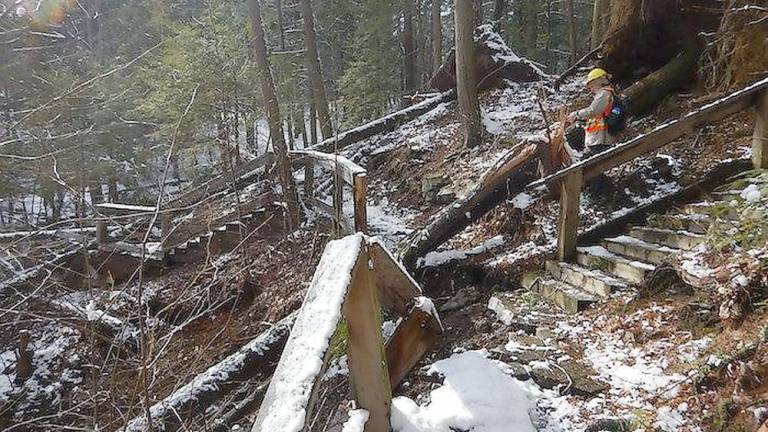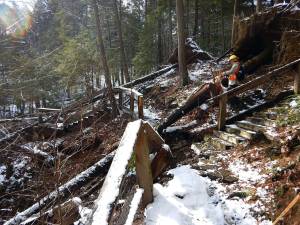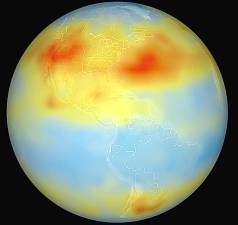Milford looks at survey results as it moves toward its own climate change action plan
Milford. Find out what borough residents think about flooding, energy conservation, small town life, and increases in pests and diseases, extreme storms, and extreme heat. Getting a recycling program was considered “very important” by more survey respondents than any other action.


Did you know that Pennsylvania supports local governments as they adapt to climate change?
It does, and one result is the Milford Quality of Life and Climate Change Survey Report.
“Climate change is a reality we must address responsibly,” states the report that Richard Evans presented to the Milford Borough Council on Feb. 28. “The evidence of climate change is overwhelming and ‘incontrovertible’...caused primarily by human activities, especially burning fossil fuels and emissions of greenhouse gases (GHGs). Climate change poses increasing threats to the quality-of-life in Milford and this region.”
Evans is an ecologist for the Delaware Water Gap National Recreation Area. In 2017 he was named a “Sustainability Hero,” when he received an Environmental Achievement Award from the National Park Service for spearheading an initiative to switch some of the park’s 90 different electricity accounts to 100 percent renewable, wind-generated energy.
Also from the report presented to the council: “Pennsylvania is getting warmer and wetter: Temperatures increased 1.8 °F and precipitation increased 10% in the past century, and temperatures are expected to increase by an additional 5.9 °F and precipitation is expected to increase another 8% by 2050.”
Evans said the Pennsylvania Department of Environmental Protection (DEP) started the Local Climate Action Program in 2019, and the borough council enrolled last summer.
“The expectation is that the process will take about one year and Local Climate Action Plans will be completed by the following August,” Evans said. “Completing the plan creates opportunities for professional engineering and other expert assistance at no cost, and opportunities for grants and other support for projects.”
The program is provided at no cost to participating communities, he said. “Approximately 20 local governments can participate each year.”
To accomplish their goals in the action plan, local governments are matched with Pennsylvania professors, college students, and volunteers each August, and receive training and guidance from a DEP contractor, said Evans.
Report takeaways
Evans pointed to the following highlights in the survey report:
● Almost all survey respondents (27 of 28) were either “very concerned” (21) or “moderately concerned” (6) about maintaining the “small town quality-of-life” in Milford.
● Climate change related increases in pests and diseases, extreme storms, and extreme heat were also top concerns.”
● Developing a recycling program for Milford Borough was considered “very important” by more survey respondents (18, or 64%) than any other action.
● Possible borough actions to reduce and adapt to climate change: Stormwater management and energy efficiency/conservation of municipal facilities were considered “very important” or “moderately important” by the most survey respondents (27 and 25 respondents respectively).
● Incentives and support for installing home solar and improving home energy conservation were rated very highly.
● The overwhelming majority of survey respondents (22, or 79%) gave permission to be contacted in the future, and most (17, or 61%) were willing to participate further in plan development.
The greenhouse gas inventory of 2019’s emissions has already started, Evans said.
“We will soon be working on ways to reduce GHG emissions, and also ways to ‘adapt’ to climate change to minimize the negative impacts in Milford,” Evans told the Courier.
“Completing the plan creates opportunities for professional engineering and other expert assistance at no cost, and opportunities for grants and other support for projects.” Richard Evans



